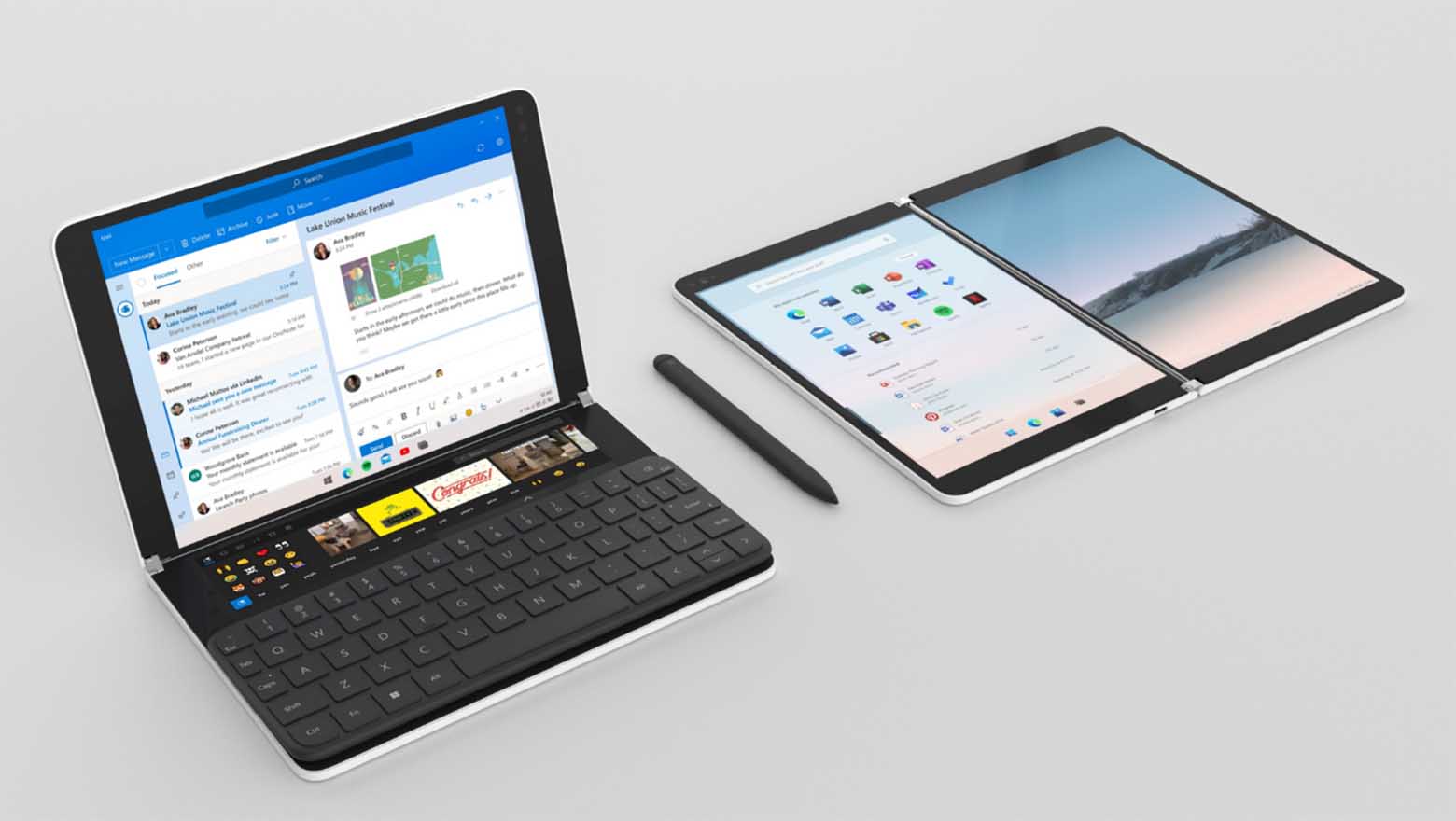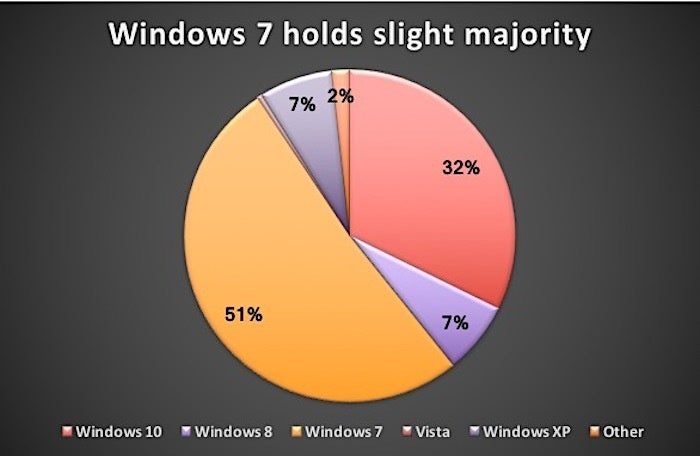
How many computers use windows in the world keygen#

For now, though, the world will continue to run on binary.Early networks successfully connected computers. Who knows? In the future, we could begin to see ternary computers become a thing, as we push the limits of binary down to a molecular level. Scaling becomes an issue because while ternary is more efficient, it’s also exponentially more complex. While a binary system has 16 possible operators (2^2^2), a ternary system would have 19,683 (3^3^3). But because ternary gates take three inputs, a ternary truth table would have 9 or more. If you were to graph the answers for each possible input, you would have what’s known as a truth table:Ī binary truth table operating on boolean logic will have four possible outputs for each fundamental operation. Gates in your computer operate on boolean logic: they take two inputs and perform an operation on them like AND, OR, XOR, and so on. Boolean logic maps easily to binary systems, with True and False being represented by on and off. This brings us to the long answer: binary math is way easier for a computer than anything else. Gates take two inputs, perform an operation on them, and return one output. The reason we can’t use ternary logic comes down to the way transistors are stacked in a computer-something called “gates” -and how they’re used to perform math. Ternary logic is way more efficient than binary, but as of yet, nobody has an effective replacement for the binary transistor, or at the very least, no work’s been done on developing them at the same tiny scales as binary. It indeed does exist it’s called a ternary computer, and it’s been around since the 1950s, but that’s pretty much where development on it stopped. The problem here is if you wanted to use multiple levels of voltage, you’d need a way to easily perform calculations with them, and the hardware for that isn’t viable as a replacement for binary computing. So you may be thinking, “why only 0 and 1? Couldn’t you just add another digit?” While some of it comes down to tradition in how computers are built, to add another digit would mean we’d have to distinguish between different levels of current-not just “off” and “on,” but also states like “on a little bit” and “on a lot.” This is how modern CPUs operate, and even they can suffer from problems differentiating between on and off states (though that’s mostly due to their unreal molecular size, being subject to the weirdness of quantum mechanics). Manufacturers can build these transistors incredibly small-all the way down to 5 nanometers, or about the size of two strands of DNA. Here’s a diagram of what a field-effect transistor (FET) looks like:Įssentially, it only allows current to flow from the source to the drain if there is a current in the gate. Modern computers use what’s known as a transistor to perform calculations with binary. So, the early room-sized computers used binary to build their systems, and even though they used much older, bulkier hardware, we’ve kept the same fundamental principles. For those unsure of why the “off” is represented by a positive charge, it’s because electrons have a negative charge-more electrons mean more current with a negative charge. It made more sense to only distinguish between an “on” state-represented by negative charge-and an “off” state-represented by a positive charge. Every number in your computer is an electrical signal, and in the early days of computing, electrical signals were much harder to measure and control very precisely. The short answer: hardware and the laws of physics. Hexadecimal uses 0-9 like decimal, and also the letters A through F to represent the additional six digits. This is because two digits of hexadecimal can represent a whole byte, eight digits in binary. Although computers don’t run on hexadecimal, programmers use it to represent binary addresses in a human-readable format when writing code.

There’s another base system that’s also used in programming: hexadecimal. And for some things, like logic processing, binary is better than decimal. Sure, binary takes up more space, but we’re held back by the hardware. It may seem like we’re going through all this trouble of reinventing our counting system just to make it clunkier, but computers understand binary much better than they understand decimal. This takes up a lot more space to represent, as four digits in decimal give us 10,000 possible values. Move to 8 bits, and you have 256 possible values. So, 1111 (in binary) = 8 + 4 + 2 + 1 = 15 (in decimal)Īccounting for 0, this gives us 16 possible values for four binary bits. Adding these all up gives you the number in decimal. The second digit is worth 2, the third worth 4, the fourth worth 8, and so on-doubling each time. In binary, the first digit is worth 1 in decimal.


 0 kommentar(er)
0 kommentar(er)
